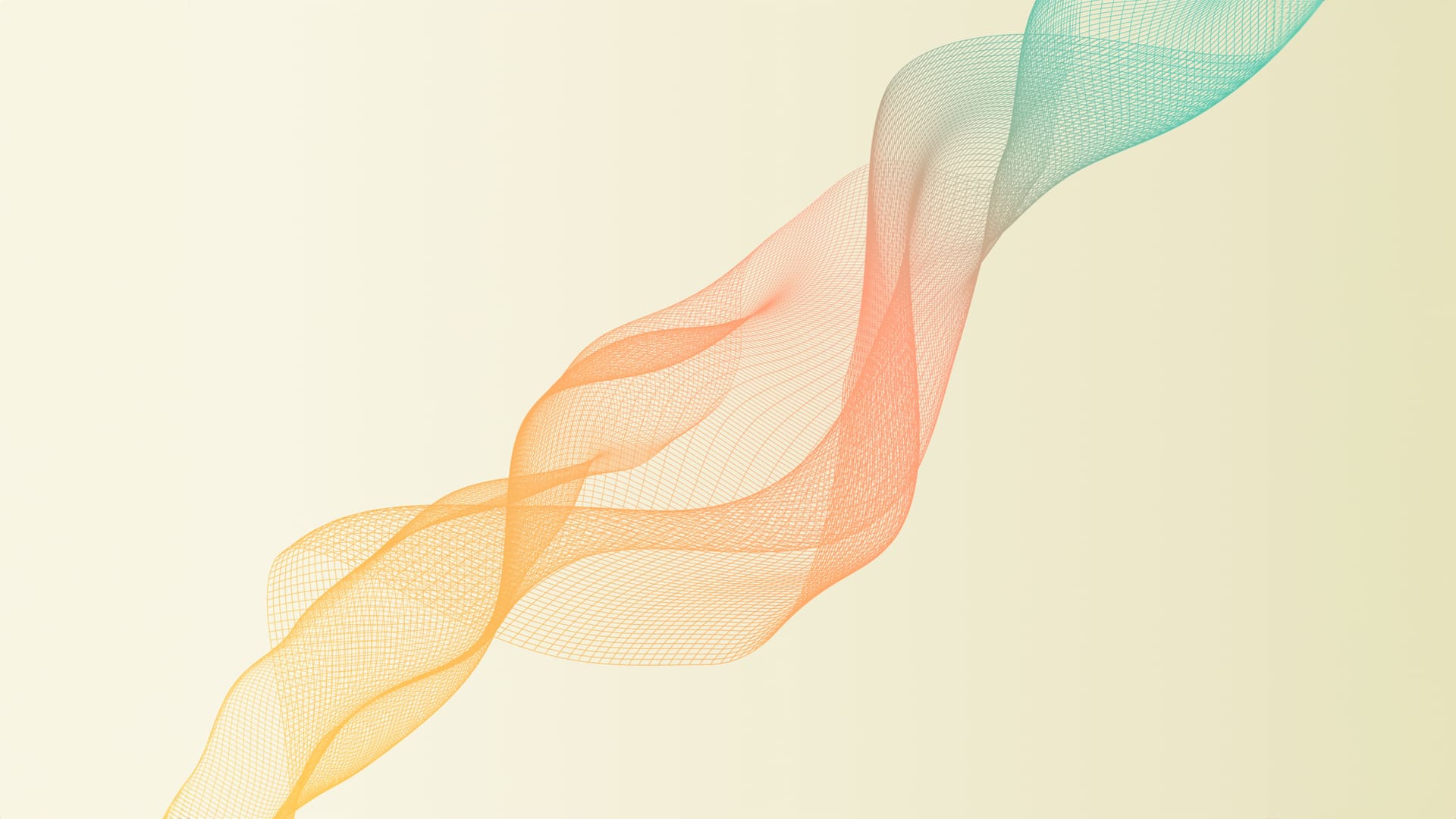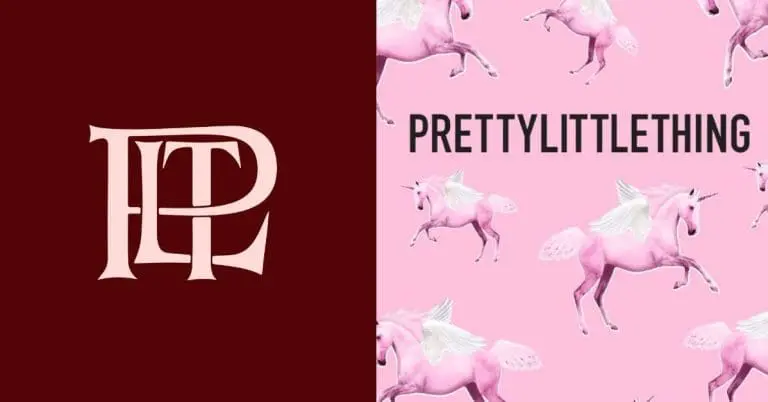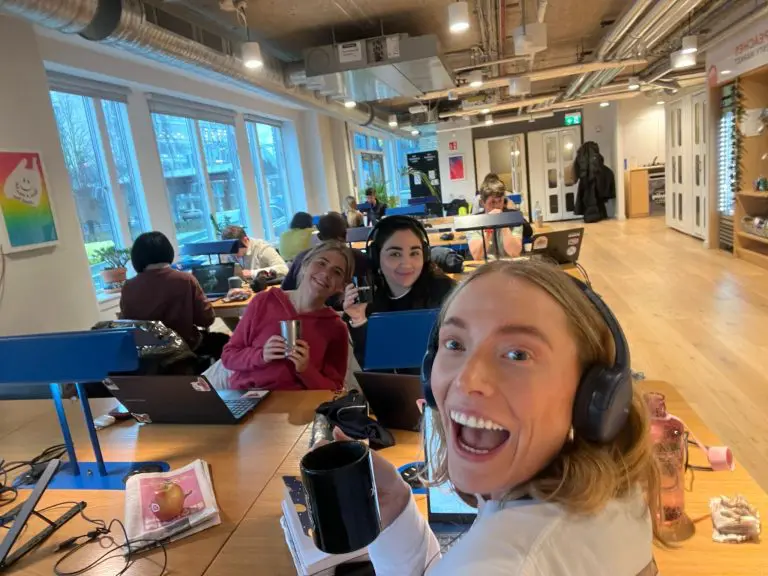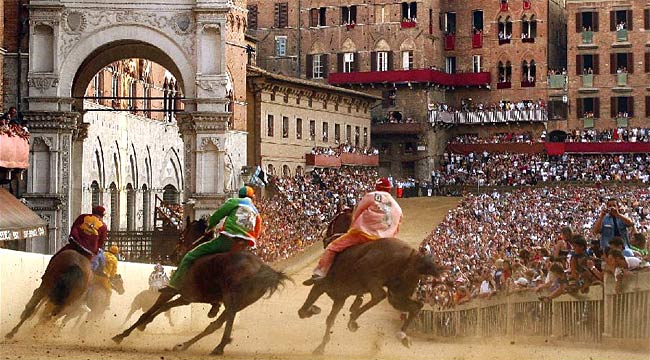
In the ever-evolving world of graphic design, trends come and go, but some design elements have managed to stand the test of time. One such timeless element is gradients. These subtle transitions from one colour to another have a rich history in graphic design and continue to hold a significant place in modern design.
Gradients: A Brief History
Gradients, in the context of graphic design, refer to the gradual blend between two or more colours or tones. While they may seem like a modern concept, gradients have been around for centuries. Renaissance artists, for instance, utilised chiaroscuro – a technique involving the transition between light and shadow – to create depth and dimension in their paintings. This early use of gradients laid the foundation for their future applications in graphic design.
Fast forward to the digital age, and gradients found their place in the design world with the emergence of graphic design software in the late 20th century. Adobe Illustrator and Photoshop, for instance, made it easier than ever to create and manipulate gradients, leading to their widespread use in print and digital media.
The Prominence of Gradients Today
Gradients have come a long way since their humble beginnings, and they continue to play a pivotal role in contemporary graphic design.
Here are a few reasons why they remain relevant:
Visual Depth: Gradients are excellent for creating depth and dimension in flat design. They can turn a simple shape or icon into a three-dimensional object, making it visually engaging and appealing.
Brand Identity: Many well-known brands incorporate subtle gradients into their logos and branding materials.
User Interface Design: Gradients are widely used in UI design to create buttons, backgrounds, and overlays that catch the user’s eye and guide their attention.
Emotion and Mood: Gradients are effective in setting the tone and mood of a design. A warm, subtle gradient can evoke feelings of comfort and tranquility, while a bold, vibrant gradient can express energy and excitement.
How to Use Gradients Effectively
While gradients can be a powerful tool in your graphic design arsenal, it’s essential to use them thoughtfully to avoid overdoing it. Here are some tips for using gradients effectively:
Subtlety is Key: Don’t make your gradients too aggressive or flashy. Subtle transitions often work best for creating a sense of depth without overwhelming the viewer.
Colour Choice: Select colours that complement each other and fit the overall design scheme. Avoid clashing or jarring colour combinations that distract from your message.
Consistency: If using gradients throughout a project, maintain consistency in terms of style and direction. Inconsistent use can create visual chaos.
Purposeful Placement: Apply gradients where they serve a purpose, such as highlighting specific elements or creating a focal point. Don’t use gradients everywhere just for the sake of it.
What Not to Do with Gradients
While gradients are a valuable design tool, there are certain pitfalls to avoid:
Overuse: Using gradients excessively can make your design look dated or cluttered. Less is often more.
Extreme Contrast: Avoid overly sharp gradients with high-contrast colours, as they can be harsh on the eyes and make text or other elements hard to read.
Ignoring Accessibility: Ensure that your gradients don’t compromise accessibility by making text or important content difficult to distinguish.
Gradients have a rich history in graphic design, and their versatility and appeal have allowed them to remain prominent in modern design. When used thoughtfully and with purpose, gradients can enhance the visual impact of your projects. However, it’s crucial to exercise restraint and adhere to best practices to avoid falling into the trap of overdesign. Mastering the art of gradients is about finding the perfect balance between creativity and subtlety, ultimately creating captivating and effective designs.
Lolly
Lolly Cleary is the Head of Design with Fuzion, a full service agency operating from offices in Dublin and Cork
Fuzion offer a full suite of Brand Development and Graphic Design services from offices in Dublin and Cork, Ireland







